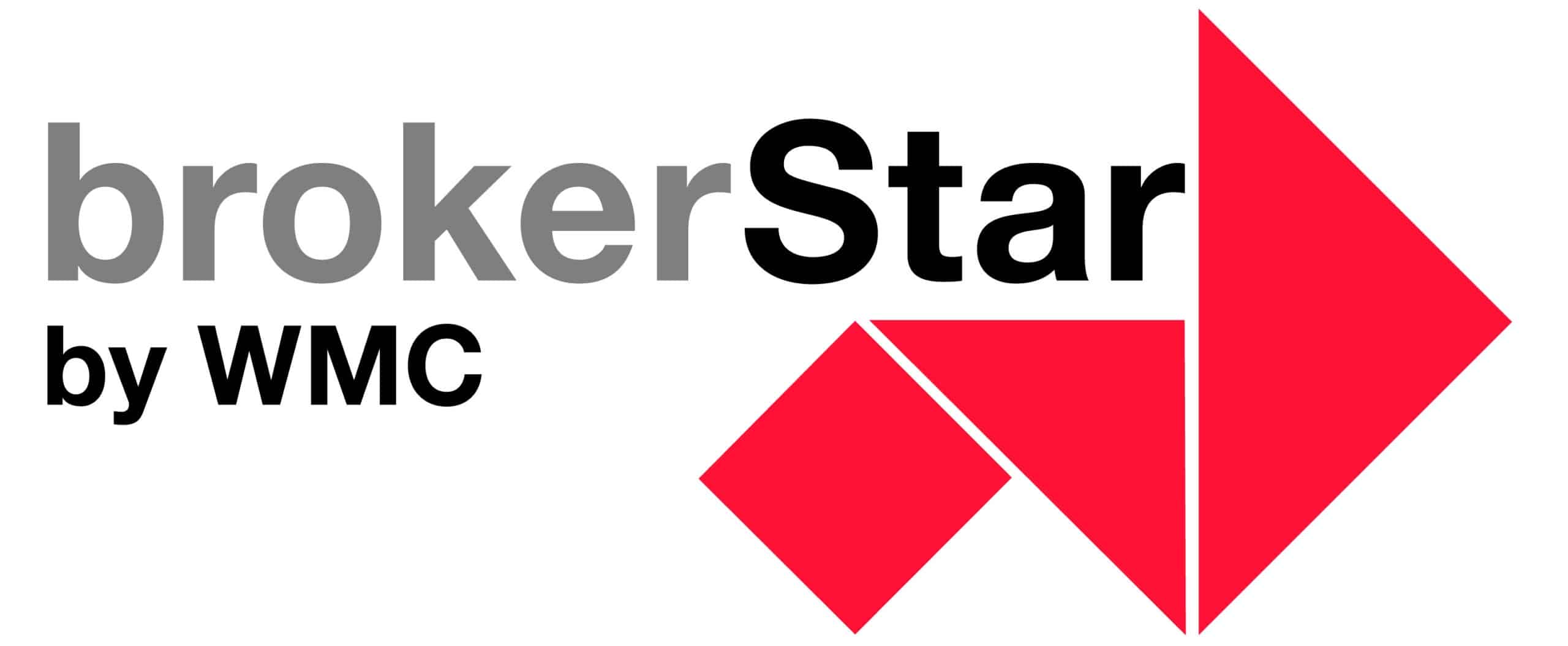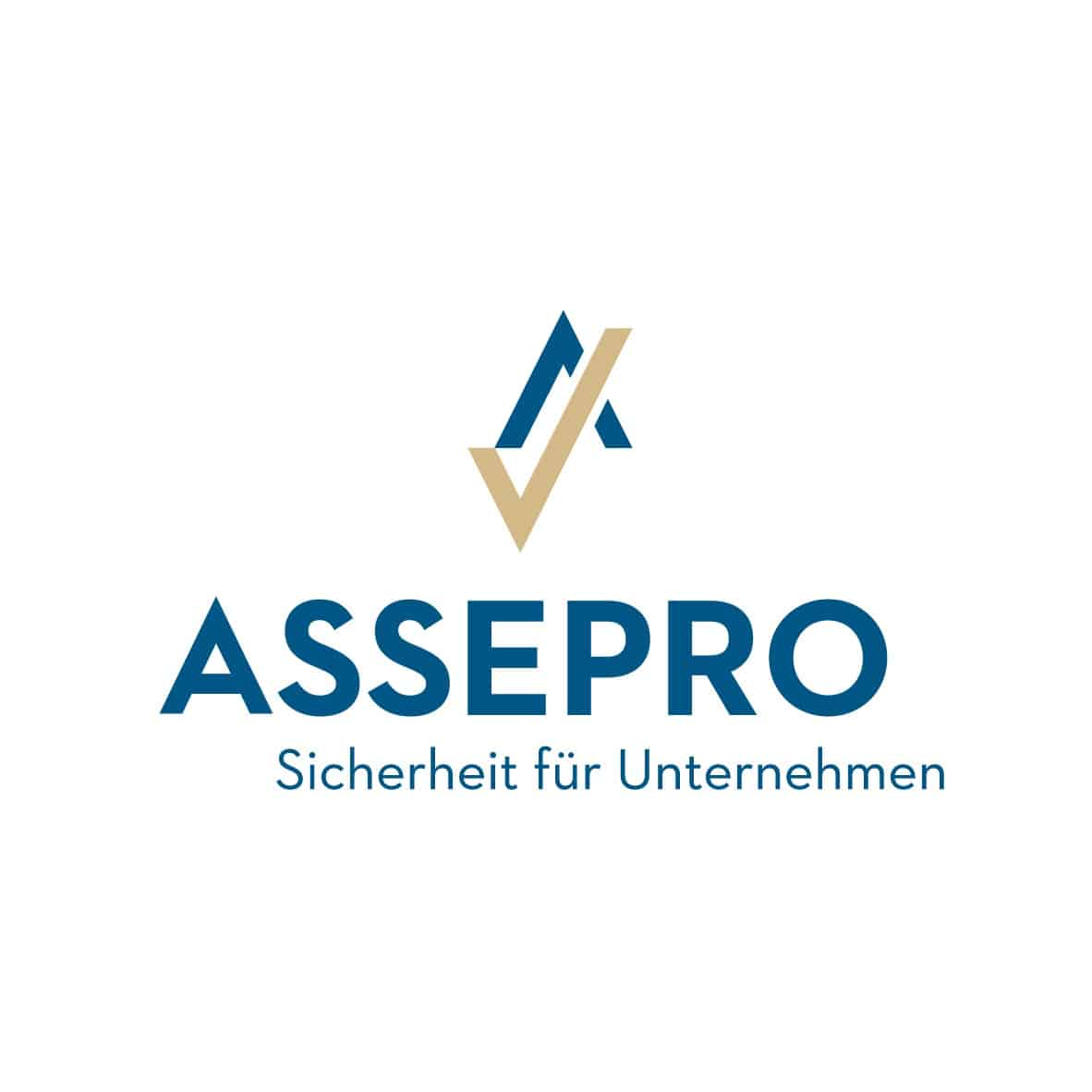Are hierarchies dead?
2 April, 2025 | Blog Current Nicht kategorisiert
Are hierarchies dead? If you ask me, they are. But I’m happy to be proven wrong. Show me a company that has seven levels, is efficient and productive and has happy, motivated employees.
I have worked in hierarchical structures for most of my life. But once you’ve discovered the power of alternative structures, there’s no going back. no going back back.
On March 19 I wrote about the massive impact of stress in the workplace on human wellbeing and the economy and the pressures on the insurance sector. Let’s examine the common pitfalls of traditional hierarchies and find out what to do instead.
The endless rounds of restructuring
If you are a CEO of a company, you probably have several restructuring programs programs. The faster the world moves, the more often you have to restructure. Your fixed structure of departments and divisions cannot meet the demands of a rapidly changing world.
You need to cut costs, deliver quickly and develop new lines of business. Do you really believe that you can achieve this by constantly reorganizing your company?
Restructuring is a short-term solution, not a long-term one. In fact, constant restructuring reduces productivity. People fear for their jobs and develop an unhealthy work ethic that sabotages productivity and collaboration.
The question is: Why are companies still structured in rigid layers when speed and adaptability are crucial?
Hierarchies add layers
How many people can you save if you fire the CEO? That’s just a joke!
The traditional hierarchical model adds layer upon layer and creates unnecessary bottlenecks. Instead of letting those with practical knowledge make decisionseverything is escalated upwards, leading to delays and inefficiency.
Instead of letting employees who understand the problem take action, they have to check with managers, get approvals or report back to steering committees. This means more briefings, presentations and meetings – time that could have been spent on the actual work. The more levels that are added, the slower decisions are made; accountability dwindles across multiple levels.
The qualification paradox
Ironically, people who are transferred from one department to another often have skills that could be useful elsewhere in the company. However, rigid structures prevent this natural flow of talent. In large organizations, there is no internal marketplace where skills and needs can be matched. Instead, talent is often wasted and employees are left to manage their own career development.
I have seen few companies that offer an open marketplace for skills and projects, where employees can choose what they want to work on based on their skills. While hierarchies and traditional structures are dead, self-organized teams offer a promising flexible, skills-based and people-centric working model.
What to do instead? Reduce shifts!
I once worked with Holacracy one of the self-organized models. This little experiment showed me exactly who focuses on impact and who chases status.
I haven’t changed a single title or remuneration. We have just organized ourselves differently. Instead of hierarchies and reporting lines, we created “circles” with clear responsibilities, goals and key results. Each person could be in one or more circles and play different roles depending on their skills and business needs. Each role had a clear description that could evolve over time.
The positive thing was that we moved much faster, made decisions and kept to schedules. Responsibilities were clear and employees had full authority to fulfill the purpose of their role.
But it was a cold shower for those who were passionate about their position, gave endless PowerPoint presentations and had PhDs on steering committees. Not only did they not appreciate it, they sabotaged the entire structure.
Most modern companies will not lay anyone off in such a transition. Those who want to create value will welcome less bureaucracy, while those who focus on status will leave soon enough.
Form autonomous teams
Groups that get the job done from start to finish will always be faster than large bureaucracies. Interdisciplinary teams with experts from different fields can act quickly if they have the autonomy to make decisions.
They work seamlessly in project development, platform development and even in day-to-day operations.
Trust people to make decisions
Micromanagement wastes time and slows everything down. The employees on site know what they have to do. Let them do it and be available for questions or support. Some may not feel comfortable doing this, and that’s what happens when people don’t take ownership.
Sometimes a lack of personal responsibility is a byproduct of working too long under “adult supervision” or in a toxic culture. Encourage people to start with small decisions and show them that you are there for support.
Let people switch between teams and projects
Instead of locking employees into rigid roles, create opportunities to move them around according to need and ability.
I love to write, but in my previous formal positions I never had the opportunity to write extensively. I remember my former boss laughing when a test showed that I was creative. “Who needs a creative COO?” All joking aside, I value my innovative perspective. Creativity has helped me solve many complex problems.
Work should be both fun and challenging enough to keep people interested.
Rethinking leadership
The job of leaders is to remove obstacles, not to sit in meetings and decide on things they are too far removed from. They need to help people focus their energy on the right projects that will develop their skills for the future.
Hierarchies are dead; the future is flat
Companies that will be successful in the future will not be those with the most hierarchical levels, but those with the least friction. Traditional hierarchies were created for a world that no longer exists. Today, speed and adaptability win.
There are several models that you can try out and test. Don’t be afraid to experiment and develop your own style, which will be influenced by different frameworks. Let me summarize below some resources where you can find important information about the alternative structures.
The helix model
If you work for a large company, you should first try out the Helix model. McKinsey explains it welland they have such authority in the business world that they sometimes run the company behind the scenes (Ahem! We’ve all been in that situation 😉). All joking aside, for more formal (even hierarchical) organizations, it’s a good alternative to look into.
In short, the Helix model encourages organizations to separate people management from day-to-day leadership. McKinsey argues that by adopting this model, organizations better balance centralization and decentralization, reduce complexity and promote agility.
Let me give you an example: In large restructuring programs in companies, the affected employees are usually left alone to look for another job within the company. What if you had an HR manager who was solely concerned with your career path, involved you in projects and developed your skills?
On the other hand, delivery managers are the ones who take care of product implementation and project management. They “look” for the right skills, but do not take care of long-term development plans for the team.
We all know that there are people who are more focused on results, while others are focused on developing people. This model offers people the opportunity to work in their field.
Reinventing organizations and TEAL
First of all, I would highly recommend that you read the book “Reinventing Organizations” by Frederic Laloux. To say that it is spectacular would be an understatement. Laloux offers a historical and evolutionary view of human consciousness and the resulting organizational models. The book uses numerous examples and use cases to explain how TEAL structures work.
It’s the kind of reading you’ll return to again and again, either for inspiration or for reassurance if you decide to implement an alternative model.
Holacracy
Another framework concept that I have experimented with is holacracy. Holacracy is a method of managing organizations that replaces traditional top-down management with a system of self-organizing teams. Instead of a boss making decisions, authority is distributed among roles that have clear responsibilities.
Teams (or “circles”) make decisions in their areas, following structured processes to ensure clarity and accountability. It is designed to be more flexible, allowing organizations to adapt quickly while employees take more ownership of their work. However, it requires discipline and a change in mindset as decisions are made according to set rules rather than personal authority.
I have to admit that governance in Holacracy is a bit complex, but there are several solutions that help teams maintain clear responsibilities and document rules, such as GlassFrog and Holaspirit.
Corporate Rebels
Ok, I love Corporate Rebels. I’m biased. If you’re looking for content that’s fun but full of wisdom, check them out. They have an excellent LinkedIn page (a highlight in my feed!), a book, newsletters and a paid community.
I have witnessed their keynote speeches and they were an outstanding experience. Be warned: you can trigger a bigger cultural change in your company than a CEO Townhall.
The end of hierarchies
Are hierarchies dead? Perhaps not yet. But the world is changing rapidly, and good companies will realize that adaptability and flexibility are essential to winning.
And speaking of winning, you will win more than just market share and growth. You will gain the commitment and intelligence of people who see that you put their well-being at the heart of the company. And that is priceless.
Mirela Dimofte
Read also: Occupational stress: a global threat for insurers




